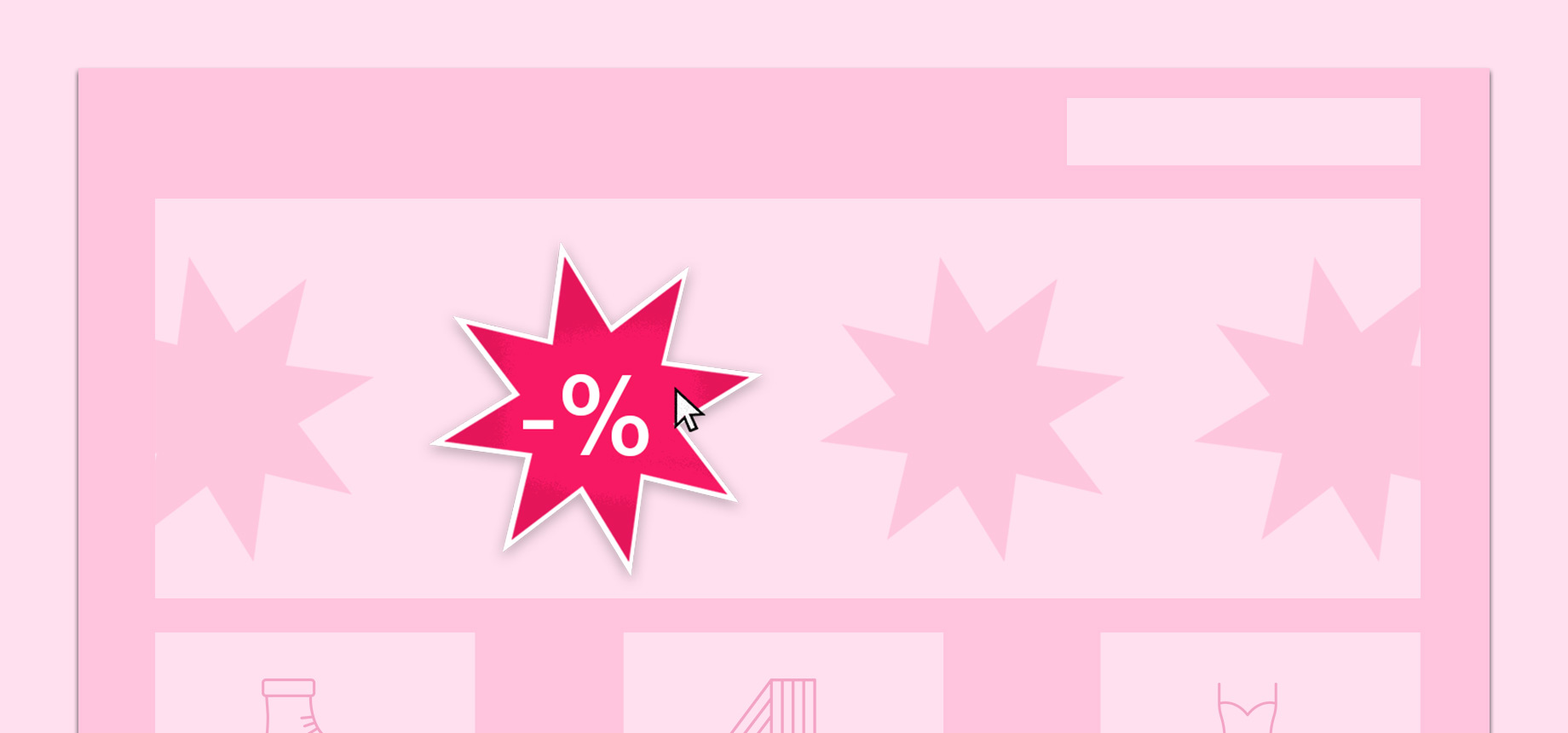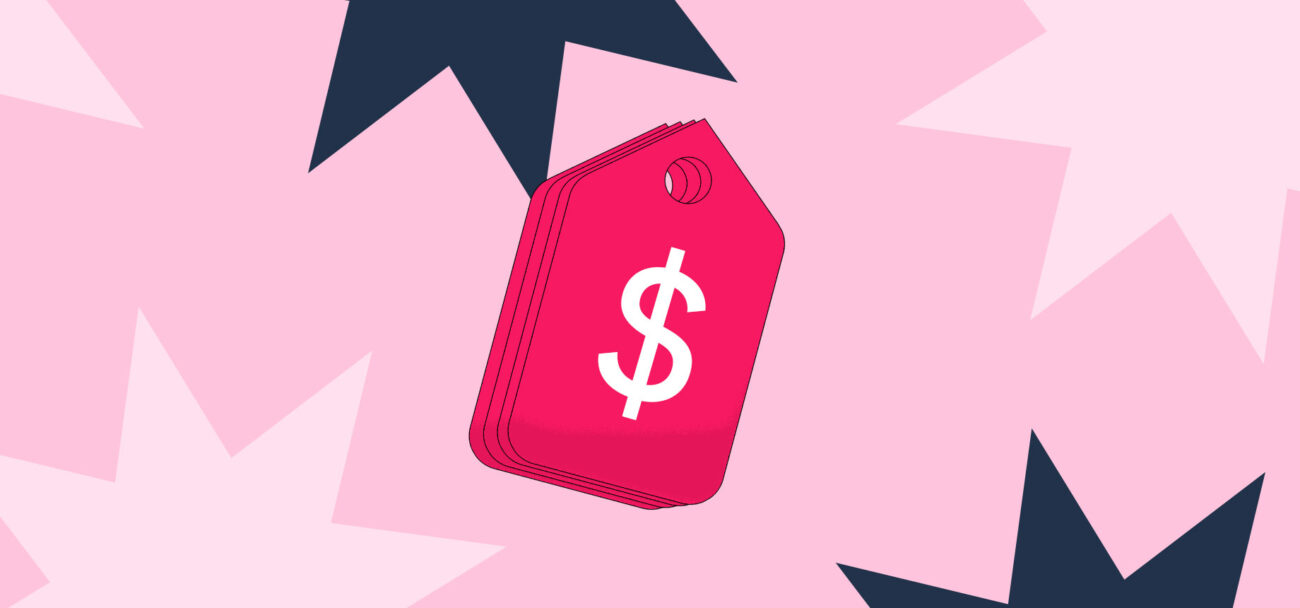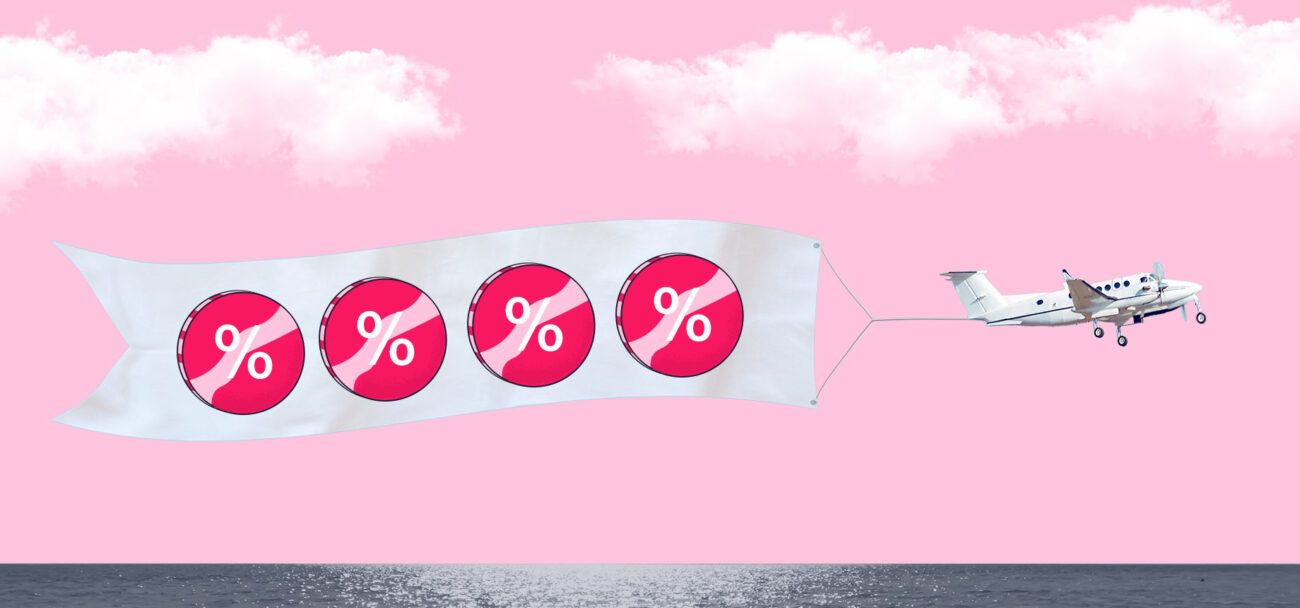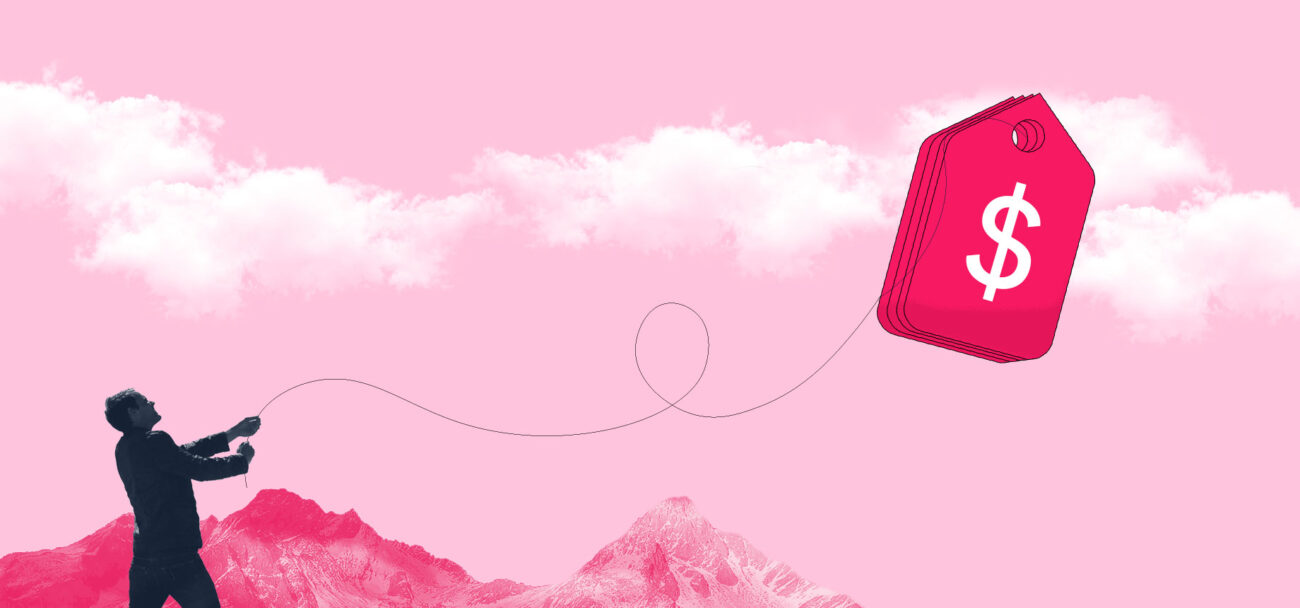
The impact that the COVID-19 pandemic has had on the ecommerce industry is undeniable. In 2020, total global retail sales surged 25.7% to a total amount of $4.213 trillion USD, a number that even the most optimistic couldn’t forecast. And still, signs that the pandemic is coming to an end don’t seem to diminish the expectations that have been created. Things have changed, quickly and for good.
In this new context, innovation is the watchword. Emerging digital ecommerce business models are transforming the way people shop and redefining what is possible. We no longer discuss the creation of digital channels — if you don’t have one, you’re already late.
Rather, we discuss the integration of physical and digital worlds (have you heard about “phygital“?). This means that the planning and execution of proper digital strategies are imperative steps for business growth and monetization. Effective marketing campaigns, online ads and social media content are great ways to do so. However, they won’t be enough without a powerful ecommerce business strategy. And we cannot create a monetization strategy without discussing ecommerce promotions and promotional models in general.
It doesn’t matter if you’re just starting to explore ecommerce or already have an established digital commerce footprint. It is mandatory to know what are the different — and better — ecommerce promotional models for your business.

Having a product overflow in your inventory is a waste of money. Knowing when and how to clear up the inventory is essential for maintaining a healthy store flow. It’s mandatory to understand when and how to liquidate stock without hurting the business.
Furthermore, well-planned promotional strategies are an excellent way to attract more customers. For example, Black Friday is already an anticipated event, when customers prepare to make several purchases at better prices. Given that, it’s important for retailers to create prior negotiations with suppliers to ensure good margins for this occasion.
Well-paced and well-planned ecommerce promotions are also a great method to increase customer loyalty, and there’s room for lots of creativity and innovation, making use of different promotional strategies. Finally, you can plan to generate additional revenue through campaigns, such as selling related complementary products. Having a marketplace strategy here makes all the difference.
All in all, having knowledge about ecommerce promotions is a must-have skill for an ecommerce manager. So, let’s get to know some of the different types of ecommerce promotions and the relevant aspects that should be taken into consideration when creating one.
Promotions can be made by discount or by conditions:

Let’s take a closer look at the main types of promotions.
This is the most common type of promotion because of its versatility. It allows your business to offer discounts to online shoppers in a dynamic and flexible way by combining multiple conditions, restrictions and benefits. This can include nominal, percentual, maximum or minimum discounts on product prices or shipping costs, and even gifts and rewards.
The “More for Less” sales promotion gives customers a discount when they buy several units of the same product. A classic example of such a promotion offer would be the “three for the price of two” deal. This promotion is a great way to drain stock.
This kind of promotion is used to grant a discount percentage for a certain amount of products added to the cart. For example, “Buy 2 items and get a 10% discount. Buy 3 items and get a 15% discount”. It is very used to increase the shopping cart average ticket and works really well to improve conversion rates.
Buy Together is a promotion used to grant discounts for a set of two or more complementary products when bought together. It is also ideal for similar items and collections — imagine a ketchup and mayo combo. Besides, it can provide you valuable customer behavior insights.
This discount can be applied to both products. There is also the option of applying the discount only if a certain quantity of one of the products is inserted in the cart.
An example for this type of promotion would be “Buy a shirt and get 10% off if you purchase a skirt from the same collection“. Or, you could use “Buy a pair of shoes and a pair of socks and get 15% off of the total amount“.
This one is great to unlock psychological behaviors in consumers — usually, they prefer to pick free promotions over discounted promotions, even if the discounted option had a greater absolute value. It’s more commonly used to offer two products for the price of one, but it can also be used to offer free shipping or a free gift when a specific product is purchased. For example, “Buy a TV and get free shipping” or “Buy a video game and receive a game of your choice for free“.
This is positive for increasing conversion rate and decreasing abandoned cart rates, making the product more appealing for shoppers. Also, very used on edible products with sell-by dates.
A campaign promotion is necessarily tied to a specific target audience, which is called a campaign audience. This type of promotion includes all the possibilities found in Regular Promotions plus a couple more, such as:
In order to create a campaign promotion, it is necessary to create a target audience. This way, you can select customer segments that are eligible for the promotion — which will act as triggers for the promotion — based on the criteria of your choice.
For example, if you set up a campaign audience whose target audience is customers who add product A to their cart, in the campaign promotion you can configure the same audience to receive a discount on product B.

Now that we’ve covered the main types of promotions, let’s take a look at the most important aspects of your promotional strategy, such as duration, recurrence and restrictions. These aspects must be included in your campaign planning, as they are the key to making it accurate and profitable.
It is essential to build a trusting relationship with your customers, which is why managing a promotions plan should deepen the relationship and increase profitability, without affecting the customer’s shopping experience.
Therefore, businesses need to define good control mechanisms, such as quantity limits and concurrency (i.e. when two conditions happen simultaneously) limits, expiration dates and restrictions by price, region or product type to better manage promotion’s plans.
Promotions are a win-win for customers and businesses because of their ability to generate value for both parties at the same time. In order to keep track of the most effective promotional actions, it’s paramount to observe the right performance indicators and register results for each campaign. This will help you learn and replicate your success.
Below, you will find some metrics any ecommerce management team should follow for great promotional results.
Of course, large profit is one of the most desired outcomes, but it’s important to notice that a promotional campaign isn’t always tailored just for profit. Sometimes, the goal is rotating soon-to-be-out-of-season or near-expiration products.
Discounts pay off when they are worth the investment that has been made. So, make the goals for your promotions clear, whether it’s draining stock with lower margins or just considering the opportunity cost.
Sales volume is just information. To make it actionable, it’s necessary to draw a sales target during the promotion planning phase. For this, it’s recommended to use historic results from a selected period, so that it’s possible to control and act upon the sales curve.
If your business has already implemented an NPS tool, it may be interesting to compare the results you receive during the promotion period versus the average. This can raise important questions regarding pricing, a willingness to pay and satisfaction over offers and products.
Satisfaction means loyal customers, with recurrency acting as a fundamental indicator of the business’s long-term health. Make sure to not only gather data points, but also qualitative impressions on the NPS form or on social media channels.
Simply put, it’s all about planning and defining a strategy. Running promotions does not mean that the business isn’t earning, but rather that it’s managing to offer better conditions and still taking benefits. However, there are some must-see lessons before jumping into promoting your whole catalog.
There are few cases when it’s a good idea to give discounts or special conditions to all your products, or even to the whole customer base. You can define promotions for specific regions, categories that are in need of inventory rotation or for specific product groups when the competition is being more aggressive.
Beware of getting into a price fight if your business isn’t prepared to do so. It’s possible to lose more than money, but also sales volume if the competition is more robust.
Also, take the time to understand your competition in every region. Beyond the knowledge that you already have about your consumer, different regions can respond to the same promotional rules and campaigns very differently.
Seek to create synergy between your business and key holidays for the market, beyond the traditional ones (such as Christmas, Black Friday and Mother’s Day). Additionally, try to think creatively, and propose actions based on your customer or regional contexts.
The first step of creating an effective plan is to generate knowledge about your business. Gather some data about your operation, build a good scenario analysis, create and feed a calendar of actions and don’t underestimate good negotiation skills with suppliers and your business’s value chain.
Next, determine the budget to be devoted to promotional initiatives. By separating each product costs, you’ll have a more accurate idea of the sales promotion’s potential for success. A few examples of things to consider when determining your budget include:
All must be accounted for in the planning. Also, it is recommended to take some risks into consideration, and come up with a plan B (or even a plan C!)

All of these promotions are possible and can be easily created by our customers. VTEX studies this matter in-depth to develop the best tools for creating and managing promotions, and, through our latest discoveries, we understand the biggest pain points and challenges, which we tackle with each update of our promotions module.
Rest assured, promotions are not going anywhere in the ecommerce business and technology will be imperative in managing and using it at full force.

